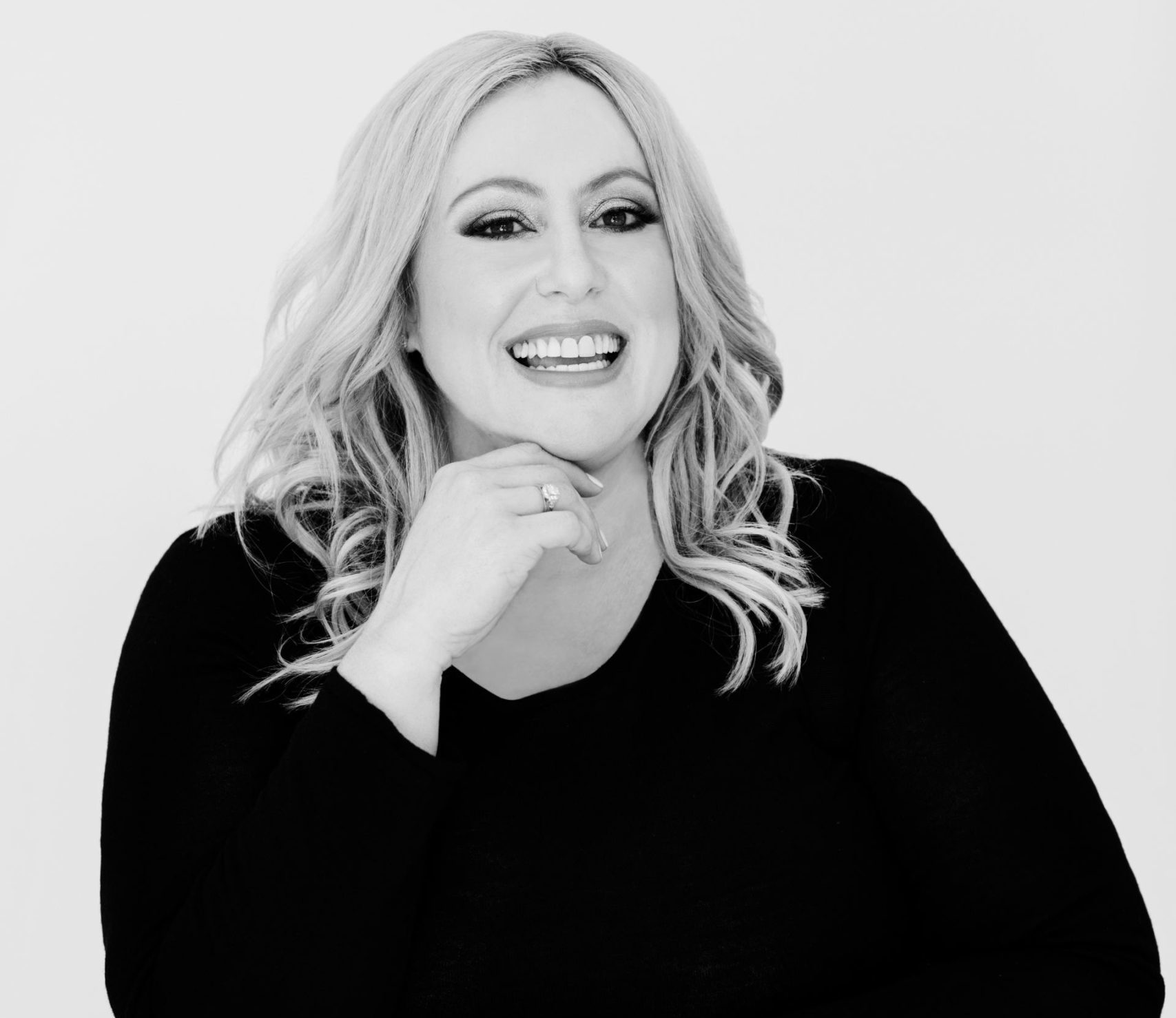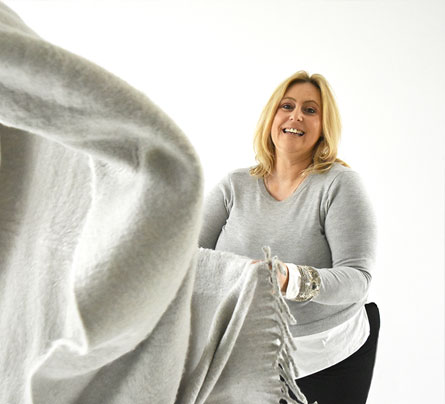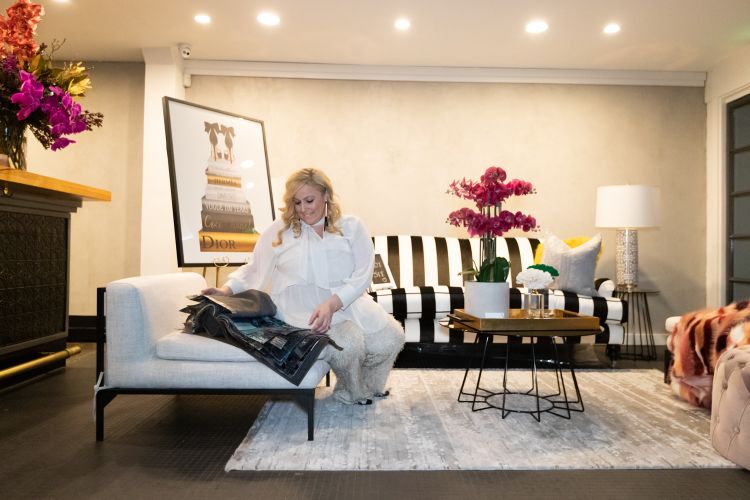
Timeless Designs: A Global Artistry
In the world of design, Anna Giannis stands as a maestro, orchestrating her creations across the cosmopolitan canvases of New York, Shanghai, and Dubai. How do these diverse cultural symphonies shape her design philosophy? Join us as we unravel the threads of Anna’s extraordinary career, from prestigious showrooms on Fifth Avenue to award-winning projects and the creation of Little Annie, her first homewares label. Let’s explore the art of visual merchandising, the collaborative magic at Anna Giannis Interiors, and the delicate balance between comfort and luxury in luxury residential spaces.
In your illustrious career, you’ve ventured into design across cities like New York, Shanghai, and Dubai. How do these varied cultural experiences shape your design philosophy?
I was very fortunate that opportunities to work in these very different countries were presented to me early on in my career. Adapting to distinct needs and preferences in design, from spatial requirements to material choices reflecting local elements, contributes to a designer’s authenticity. Cultural differences also play a pivotal role in shaping a designers experience, emphasizing the importance of understanding local lifestyles and preferences.
Setting up a trade showroom on Fifth Avenue is a remarkable achievement. Can you share the journey and challenges you faced in launching AG Casa in such a prestigious location?
Living and working in NYC, a dream beyond my wildest expectations, eventually materialized after a lengthy and often lonely journey. The decision to make the move stemmed from two years of frequent visits to secure clients and orders, proving challenging. In a fortuitous meeting with the CEO of JC Penny, he advised that being based in the United States was crucial to breaking into the market. Fueled by passion and business aspirations, I relocated to New York amidst the complexities of the global financial crisis (GFC), of which I was initially oblivious. With my business partner, we managed to open a showroom at 235 Fifth Avenue, a global hub for the Home industry. Despite the lack of a business plan, I navigated the startup challenges solo when my partner soon after returned to China. Sitting alone in the empty showroom, emotions overwhelmed me, including joy, anticipation, and predominantly fear. Designing the showroom, creating a new collection, and establishing industry contacts occupied the following months.
Looking back, those days feel like a dream. My sole regret is not capturing more moments as cameras on phones were non existent. In retrospect, I realize my dream had indeed come true.
You have been recognized for your work at the Q1 Resort – Day Spa in Queensland. What unique elements did you bring to this project that garnered such acclaim?

While participating in a spa industry event, two individuals approached me re Q1, as the build was just about to be completed. They commissioned us to customize furnishings for the treatment rooms and to design relaxing client attire. We developed a unique embroidered center piece and designed the entire range around it. The day spa, incorporating our contributions, went on to receive an award, acknowledging our role in the achievement.
Your first homewares label, Little Annie, won the Best Visual Merchandised award at Fashion Exposed. What, in your opinion, is the key to creating a visually compelling merchandising display?
Upon reflection, I would describe the design as a predominantly neutral palette with a clean, minimalistic approach. This was intentional to ensure the products stood out. Additionally, we incorporated a few focal points strategically placed to attract attention.
Leading a team of artisans at Anna Giannis Interiors, how do you foster creativity and collaboration among your team to ensure each project reflects your signature style?
The artisans in my team hold immense importance for both me and the business. We collaborate closely, and I deeply admire each member for their exceptional skills. The exhilarating moment of presenting a concept to them, followed by mapping out the process collaboratively, is consistently filled with the same level of excitement every time.

Specializing in luxury residential spaces, how do you balance the elements of comfort and luxury to cater to your clients’ lifestyles and personal aesthetics?
Most clients typically have an initial concept of how they envision their home’s completion, influenced by their lifestyle, personal preferences, and the property’s structure. Our role involves collaborating with clients to actualize their dreams and visions. Occasionally, we provide guidance on design elements that may not align seamlessly, and I am fortunate that my clients trust both me and the design process.
Your work has been featured in prestigious magazines worldwide. How do you think media exposure has impacted your career and the perception of interior design as an art form?
I feel a deep sense of gratitude and humility whenever my work is showcased in a magazine. Gaining exposure and recognition is truly a rewarding bonus, and I believe any form of exposure is preferable to none at all.
Could you walk us through your process from conceptualization to completion of a project, especially the challenges of providing a turnkey service?
CONCEPTUALISATION: Crucial alignment between client expectations and the design team, achieved through visuals, mood boards, and extensive consultations.
DESIGN DEVELOPMENT: Balancing aesthetics with functionality, closely collaborating with clients, and refining designs based on feedback to meet all requirements
REGULATORY APPROVALS: Navigating complex regulations, zoning laws, and permits through engagement with local authorities and maintaining open communication.
PROCUREMENT & QUALITY ASSURANCE: Identifying reliable suppliers and ensuring quality assurance are crucial in preventing project complexities
TURN KEY SOLUTION: The final phase involves preparing the residence for a smooth transition to the client. This is where all the magic happens that turns the house into a home. Whilst I love this phase it is bittersweet for me and the team as we know the ending of the project is near.
As someone who often writes for magazines, how do you approach sharing your expertise in interior design with a broader audience?
Writing is a passion of mine, enabling my heart to articulate the sensations and visuals perceived by my senses. My focus lies in penning down thoughts on interior design, trends, and the exhibitions I attend. I particularly enjoy meeting and interviewing artisans, and finding a universal connection in interior design that transcends geographical boundaries.
Finally, looking back over your illustrious career, what advice would you give to aspiring interior designers who dream of achieving success on an international scale?
During my tenure running a mentorship program for young women in the creative field, I consistently emphasized the unpredictable nature of the creative journey, the highs are very high and the lows can be very low. I stressed the importance of patience, acknowledging that success often takes years to materialize. I encouraged them to cultivate mentors or join a supportive community that shares similar experiences. Above all, I urged them to periodically pause, reflect, and appreciate their accomplishments, an aspect I sometimes overlooked.





